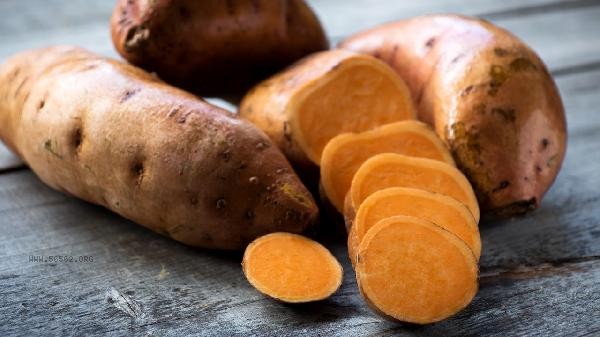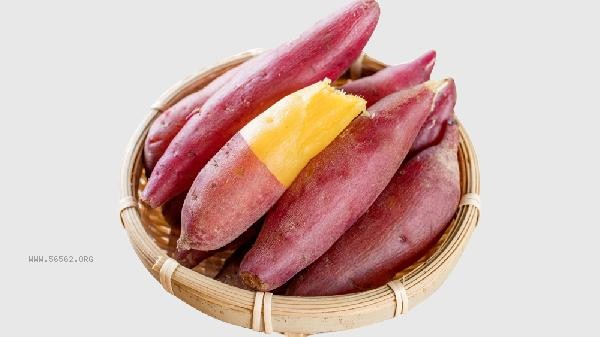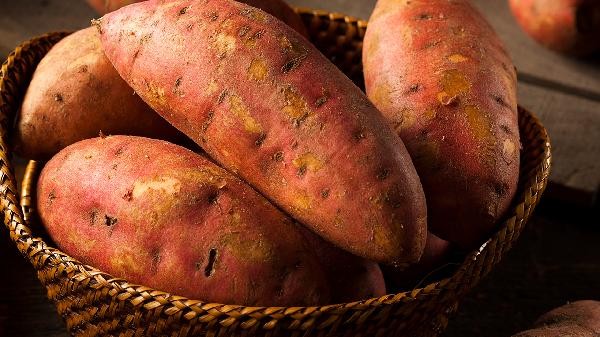The calorie content of taro is usually higher than that of sweet potato, with about 120-130 calories per 100 grams of taro, while the calorie content of sweet potato of the same weight is about 90-100 calories. Both are low-fat and high carbohydrate root and stem foods, but the specific calorie differences are affected by variety, maturity, and cooking methods. The starch content of taro is relatively high, especially the proportion of linear starch, which makes the energy provided per unit weight more concentrated. The steamed taro has a dense texture and a moderate glycemic index, making it suitable as a substitute for staple food. However, it is important to control the intake to avoid excessive calorie intake. Its rich mucin protein helps with gastrointestinal mucosal repair, and its potassium content is significantly higher than that of ordinary potatoes. Sweet potatoes are mainly composed of branched starch, which has a fast digestion and absorption rate, but overall low calorie density. Orange heart sweet potatoes are rich in beta carotene, while purple potatoes are rich in anthocyanins. These plant active ingredients are less abundant in sweet potatoes. Baking will further reduce the moisture content of sweet potatoes, increasing their calorie value, while steaming can better preserve their water-soluble vitamins.

It is recommended to choose the consumption method according to personal nutritional needs. Those who control blood sugar should choose sweet potatoes, and those who need to supplement vitamin A can eat more sweet potatoes. Alternating consumption of both can obtain more comprehensive nutrients, steaming is better than frying can reduce additional calorie intake, and pairing with high-quality protein foods can slow down the rate of blood sugar rise. Special groups such as diabetes patients should consult a nutritionist to develop personalized programs.










Comments (0)
Leave a Comment
No comments yet
Be the first to share your thoughts!